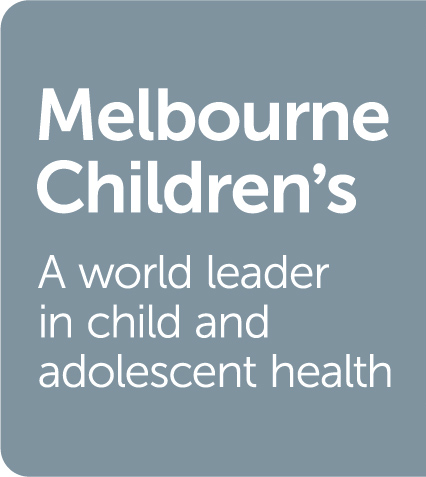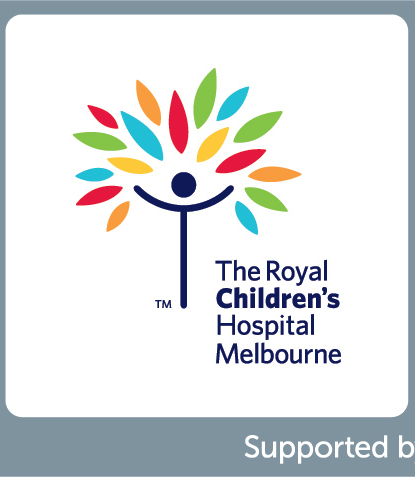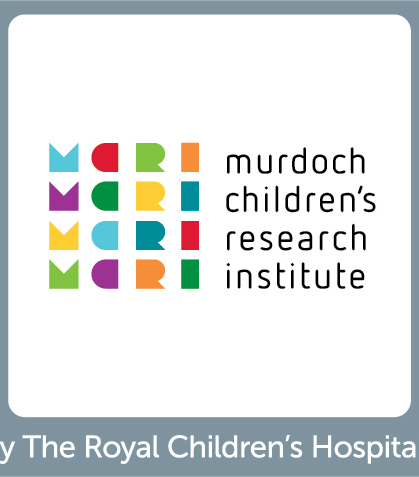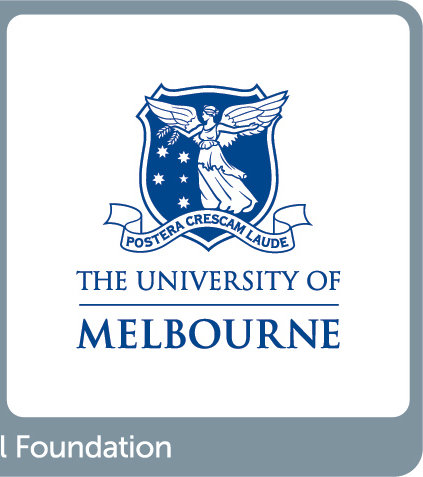The Victorian Cerebral Palsy Register (VCPR)
The Victorian Cerebral Palsy Register (VCPR) collects information about people with cerebral palsy born since 1970. The Victorian Register is one of the largest single cerebral palsy registers in the world (with ~100 new cases added yearly) and this places it in a unique position to contribute to what is known about cerebral palsy worldwide. The ultimate goal of this project is to advance our knowledge in an effort to provide better help and support for everyone with cerebral palsy, their families and the community in which they live.
VCPR aims to describe trends in the prevalence and clinical profile of cerebral palsy; investigate causal pathways and identify potential avenues for prevention or amelioration of the condition.
| Study Summary | |
|---|---|
| Study name | The Victorian Cerebral Palsy Register |
| Study abbreviation | VCPR |
| Current principal investigator/s |
Dinah Reddihough |
| Current project manager |
Sue Reid |
| Primary Institution/s |
Murdoch Children’s Research Institute - MCRI
|
| Collaborating Institution/s |
The Royal Children’s Hospital - RCH
Monash Children’s Hospital Mercy Hospital for Women Royal Women’s Hospital |
| Major funding source/s |
Cerebral Palsy Alliance
Victorian Department of Health and Human Services |
| Study website | https://www.mcri.edu.au/research/projects/victorian-cerebral-palsy-register |
| Key reference for study | |
| Study focus |
The main aims of the VCPR are as follows: |
| Sampling frame |
Individuals who were born or have lived in Victoria, with a date of birth on or after 1st January 1970, whose condition fits the definition for cerebral palsy i.e. a motor problem due to a lesion in the immature brain, which persists until after the age of 5 years and is non-progressive. The brain injury/abnormality must have occurred before the age of 2 years. |
| Primary study type | Register |
| Year commenced |
1987 |
| Is this study ongoing? | Yes - the study is ongoing |
| Ongoing recruitment? | Yes |
| Sample size (N) |
6400 cases as of February 2023 |
| Survey data available? | No |
| Imaging data available? | Yes |
| Linkage to administrative dataset/s? | Yes, linkage to (at least one) administrative dataset completed |
| Biosamples available? | No |
| Are data available to others outside study team, with appropriate safeguards and structures in line with the cohort’s ethics and governance processes? | Yes |
| Are there any costs associated with data/sample access for approved requests? | There may be costs associated with access, evaluated on a case by case basis |
| Broadest type of participant consent available |
Extended consent (can be used for future ethically approved research related to this project) |
2023
Cooper MS, Mackay MT, Dagia C, Fahey MC, Howell KB, Reddihough D, Reid S, Harvey AS. (2023). Epilepsy syndromes in cerebral palsy: varied, evolving and mostly self-limited. Brain, 146(2), 587 - 599. DOI: 10.1093/brain/awac274
Hinwood GL, Loftus H, Shepherd DA, Guzys A, Reddihough DS, Reid SM. (2023). Survival of individuals with cerebral palsy in Victoria, Australia: A longitudinal cohort study spanning four decades. Dev Med Child Neurol, 65(4), 580 - 587. DOI: 10.1111/dmcn.15420
Waight E, McIntyre S, Woolfenden S, Watson L, Reid S, Scott H, Martin T, Webb A, Badawi N, Smithers-Sheedy H, Australian Cerebral Palsy Register Group . (2023). Temporal trends, clinical characteristics, and sociodemographic profile of post-neonatally acquired cerebral palsy in Australia, 1973-2012: A population-based observational study. Dev Med Child Neurol, 65(1), 107 - 116. DOI: 10.1111/dmcn.15293
2021
Goldsmith S, McIntyre S, Scott H, Himmelmann K, Smithers-Sheedy H, Andersen GL, Blair E, Badawi N, Garne E, Comprehensive CA-CP Study Group . (2021). Congenital anomalies in children with postneonatally acquired cerebral palsy: an international data linkage study. Dev Med Child Neurol, 63(4), 421 - 428. DOI: 10.1111/dmcn.14805
2019
Wong A-L, Meehan E, Babl FE, Reid SM, Catto-Smith A, Williams K, Reddihough DS. (2019). Paediatric emergency department presentations due to feeding tube complications in children with cerebral palsy. J Paediatr Child Health, 55(10), 1230 - 1236. DOI: 10.1111/jpc.14386
2017
Cooper MS, Mackay MT, Fahey M, Reddihough D, Reid SM, Williams K, Harvey AS. (2017). Seizures in Children With Cerebral Palsy and White Matter Injury. Pediatrics, 139(3). DOI: 10.1542/peds.2016-2975
2016
Meehan E, Harvey A, Reid SM, Reddihough DS, Williams K, Crompton KE, Omar S, Scheinberg A. (2016). Therapy service use in children and adolescents with cerebral palsy: An Australian perspective. J Paediatr Child Health, 52(3), 308 - 314. DOI: 10.1111/jpc.13021
2014
Smithers-Sheedy H, Raynes-Greenow C, Badawi N, Reid SM, Meehan E, Gibson CS, Dale RC, Jones CA. (2014). Neuroimaging findings in a series of children with cerebral palsy and congenital cytomegalovirus infection. Infect Disord Drug Targets, 14(3), 185 - 190. DOI: 10.2174/1871526515999150320154858
2013
Lionti T, Reid SM, Reddihough D, Sabin MA. (2013). Monitoring height and weight: findings from a developmental paediatric service. J Paediatr Child Health, 49(12), 1063 - 1068. DOI: 10.1111/j.1440-1754.2012.02470.x
2011
Reid SM, Carlin JB, Reddihough DS. (2011). Distribution of motor types in cerebral palsy: how do registry data compare? Dev Med Child Neurol, 53(3), 233 - 238. DOI: 10.1111/j.1469-8749.2010.03844.x
2005
Howard J, Soo B, Graham HK, Boyd RN, Reid S, Lanigan A, Wolfe R, Reddihough DS. (2005). Cerebral palsy in Victoria: motor types, topography and gross motor function. J Paediatr Child Health, 41(9-10), 479 - 483. DOI: 10.1111/j.1440-1754.2005.00687.x
2004
Johnson HM, Reid SM, Hazard CJ, Lucas JO, Desai M, Reddihough DS. (2004). Effectiveness of the Innsbruck Sensorimotor Activator and Regulator in improving saliva control in children with cerebral palsy. Dev Med Child Neurol, 46(1), 39 - 45. DOI: 10.1017/s0012162204000076
0
Reid SM, Johnstone BR, Westbury C, Rawicki B, Reddihough DS. (). Randomized trial of botulinum toxin injections into the salivary glands to reduce drooling in children with neurological disorders Developmental Medicine & Child Neurology, 50(2), 123 - 128. DOI: 10.1111/j.1469-8749.2007.02015.x
| Study Contacts | |
|---|---|
| Principal investigator/s |
Dinah Reddihough |
| Project manager |
Sue Reid |
| Study Contact |
Email: vic.cpregister@rch.org.au |



